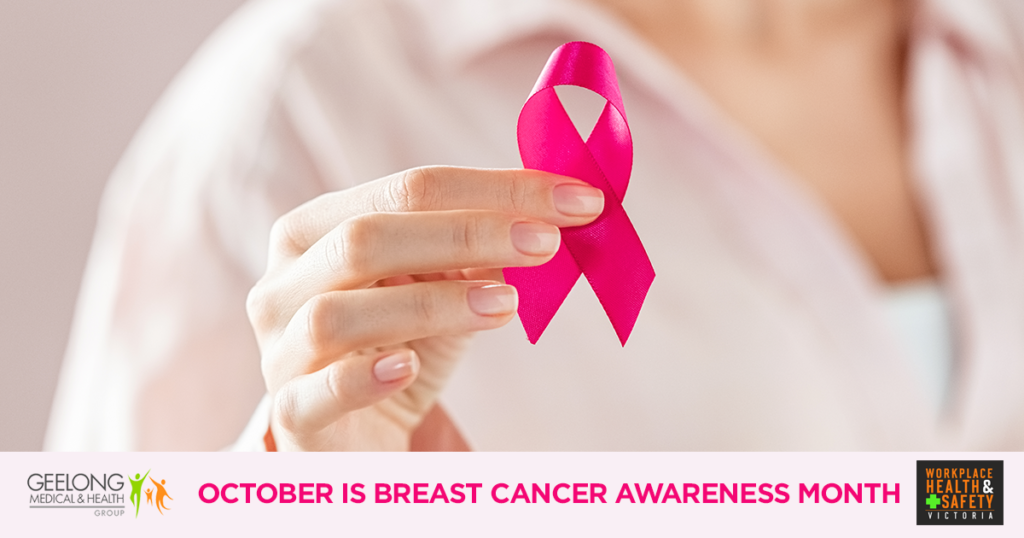October is Breast Cancer Awareness Month
October 1 2023Finding breast cancer early provides the best chance of surviving the disease.

Early detection
It’s important for women of all ages to know what they can do to help find breast cancer early. Finding breast cancer early means there are more treatment options and the chances of survival are greatest.
This page provides information about breast awareness, breast changes, risk factors and mammography screening.
For information on breast cancer in men, visit Cancer Australia’s dedicated website, Breast Cancer in Men.
Breast awareness
Breast awareness is important for women of all ages, even if you’re having regular mammograms.
You don’t need to be an expert or use a special technique to check your breasts. Take the time to get to know the normal look and feel of your breasts as part of everyday activities like showering, dressing, putting on body lotion or simply looking in the mirror. Knowing what is normal for you will help you to detect any new breast or nipple changes.
Breast changes to look out for include:
- a new lump or lumpiness, especially if it’s only in one breast
- a change in the size or shape of the breast
- a change to the nipple, such as crusting, ulcer, redness or inversion
- a nipple discharge that occurs without squeezing
- a change in the skin of the breast such as redness or dimpling
- an unusual pain that doesn’t go away.
Nine out of ten breast changes aren’t due to cancer, but it’s important to see a doctor to be sure. If you find a breast change that is unusual for you, see your GP without delay.
Mammographic screening
If you are aged 50-74, get your free breast screen done every two years. BreastScreen Australia offers free breast screening for women without symptoms aged 50-74, when screening has the greatest potential to prevent deaths from breast cancer.
Women aged 40-49 and 75 years and older who have no breast cancer symptoms or signs are also eligible for free screening mammograms.
For more details contact BreastScreen on 13 20 50 or visit www.cancerscreening.gov.au.
How can you reduce your chances of getting breast cancer?
As a woman, over the course of your lifetime there are many factors that can influence your risk of breast cancer. While some of the most important of these risk factors, such as being a woman, getting older or having a strong family history of breast or ovarian cancer and genetic factors, cannot be changed, you can still aim to reduce risk of breast cancer through making healthy lifestyle choices and other risk-reducing strategies.
You can also improve your chance of better outcomes by being breast aware and knowing what to do about finding breast cancer early.
For more information, visit Cancer Australia’s Breast Cancer Risk Factors website.
—-
Article originally by Cancer Australia.
